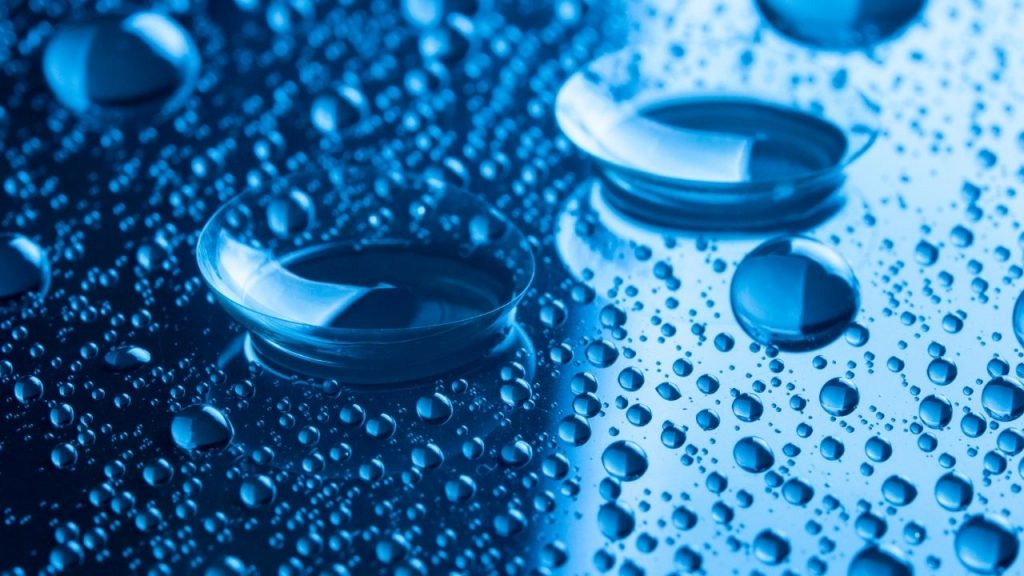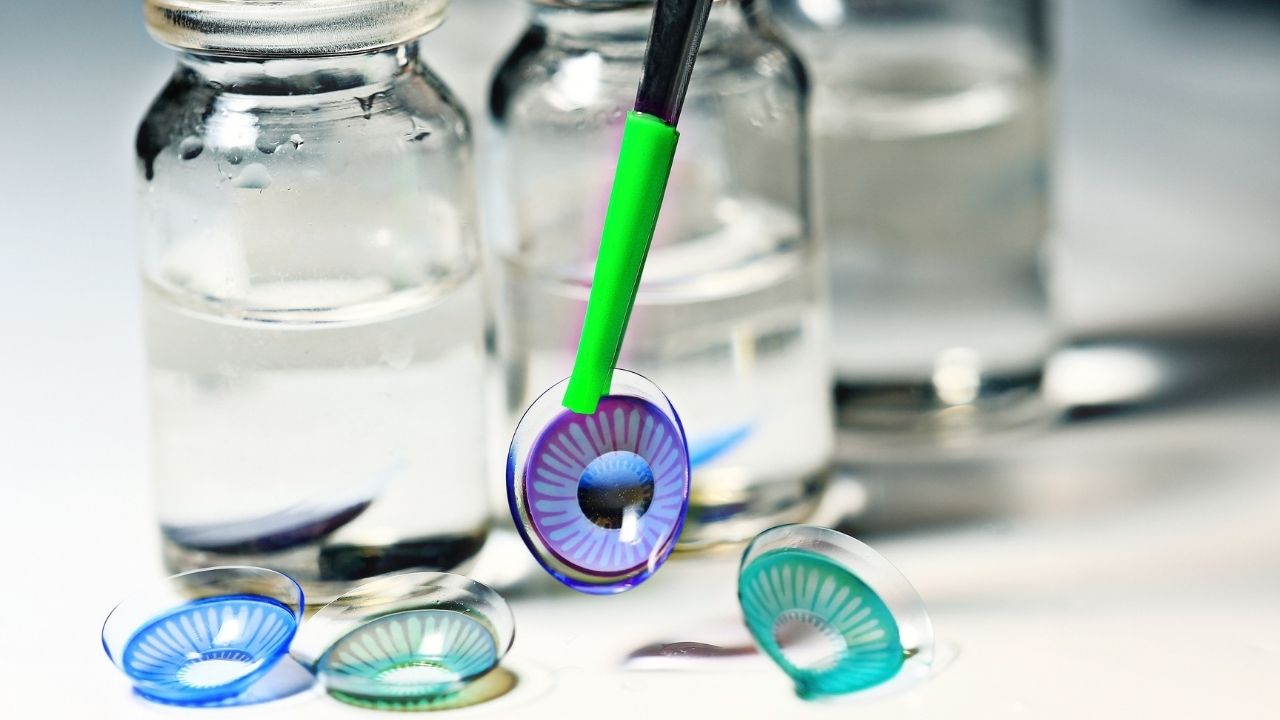We don’t have to be activists and researchers to take care of the environment; after all, we are a part of it. Yet, little do we know how our daily practices reflect poorly on it; for instance, have you ever taken a minute and questioned: Are contact lenses biodegradable?
The use of contact lenses spread massively; millions of people worldwide prefer wearing contact lenses over eyeglasses, not to mention those who wear colored single-use daily contact lenses as a part of their style.
There are several types of contact lenses, some of which are meant for single-use, while others are for multiple-use according to a specialist’s schedule. However, no contact lens is permanent, and you have to dispose of them eventually.
The question remains; what happens to contact lenses after disposal!
Are contact lenses biodegradable?
In order to answer your question, let’s first go back to the manufacturing process. Manufacturers make contact lenses with a combination of Poly Methyl Methacrylate, Silicones, and Fluoropolymers to achieve a surface soft enough for the Oxygen to pass through the lenses to the eyes. This material is NOT biodegradable, which evoked environmental researchers’ curiosity for the right method to dispose of them and how it affects the environment.
Surveys showed that high numbers of contact lens users flush their lenses down the drain to get rid of them. Do you also do that?
Due to the contacts’ transparency and made up materials, it is hard to trace them in the wastewater treatment plant. It is also hard to predict what happens to them since they are different from, let’s say, bottles. Thus, researchers started experimenting in labs to figure out what happens to lenses after disposal and whether it is a threat to the environment.
What happens to contact lenses after disposal?

Researchers picked several polymers used in contact lenses manufacturing, exposed them to anaerobic and aerobic microorganisms found in wastewater, and analyzed the changes over varying times.
Like any other material, there is a cycle contact lenses go through that might have a surprisingly negative effect on the environment:
- Microbes in wastewater weaken the bonds in the plastic polymer.
- Microbes alter the lens surface weakening its structure.
- Polymers start breaking down forming smaller plastic particles.
- The process continues until the lenses turn into microplastics.
- Aquatic organisms may mistake these microplastics for food and eat them.
- Since micro-plastics are not digestible, marine life suffers a great deal.
- Micro-plastics may also find their way to human water and food across a long food chain, exposing us to many risks.
Researchers demonstrated the threat contact lens disposal poses to the environment. They also calculated how much microplastics accumulate through the use and disposal of contact lenses, and the numbers could not get any clearer. Manufacturers now are encouraged to demonstrate the right way of disposal on the package itself, for this is not an issue to be ignored.
Contact lenses disposal VS plastic disposal?
Environmentalists have been debating the issue of plastic disposal for a long time now. And even though they seem to pose a considerable threat, the problem of contact lens disposal is just as significant. Why?
Contact lenses absorb liquid and everything within it, meaning, when you dispose of your contact lenses in wastewater, they absorb whatever microorganisms and toxins like pesticides and herbicides present in the water. Eventually, as microplastics, contact lenses deliver high concentrations of these chemicals to the long food chain exposing aquatic organisms, animals, and even YOU to risk.
How to properly dispose of contact lenses?
It is essential for you to properly dispose of your contact lenses after using them; improper disposal can reflect poorly on the environment.
Here are some recommendations for you to follow in disposing of your contact lenses correctly:
- Do not flush used contact lenses down the drain.
- Recycle the packages contact lenses come in first, then contact one of the companies that offer contact lenses recycling when done using them.
- Give the lenses back to a specialist for him/her to dispose of correctly.
- If thrown with garbage, place the lenses within the plastic bottles for the recycling services to handle them correctly.
- Try using multiple-use lenses instead of single-use to minimize disposal.
- Instead of throwing away unwanted and unused contact lenses, give them back to the specialist or donate them to reduce disposal.
Researchers are still trying to solve this issue by raising awareness, finding healthy ways for contact lenses disposal, and finding better biodegradable materials for contact lens manufacturing. For now, the question that lingered in every environmentalist’s mind; are contact lenses biodegradable, is not a mystery to solve anymore; they are NOT.
Read more: Contact lenses vs glasses
Do Not Forget To Visit MetroBrazil Store For High-Quality Contact Lenses.
